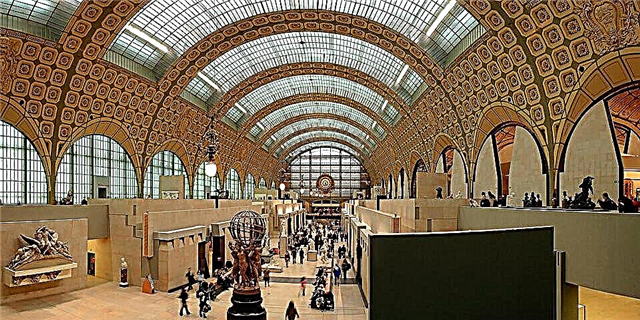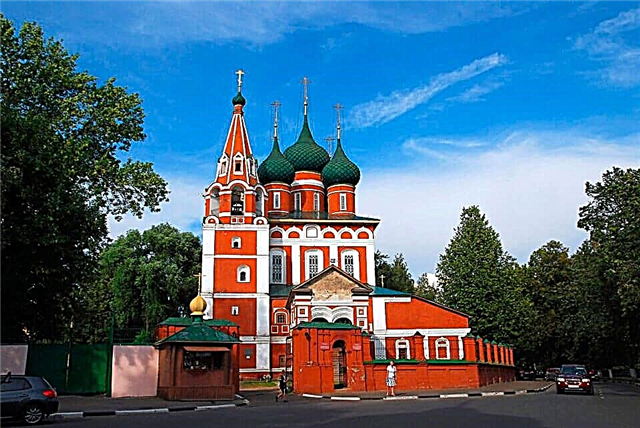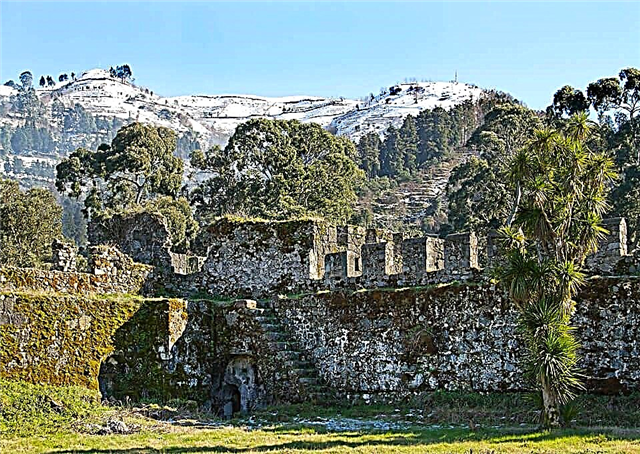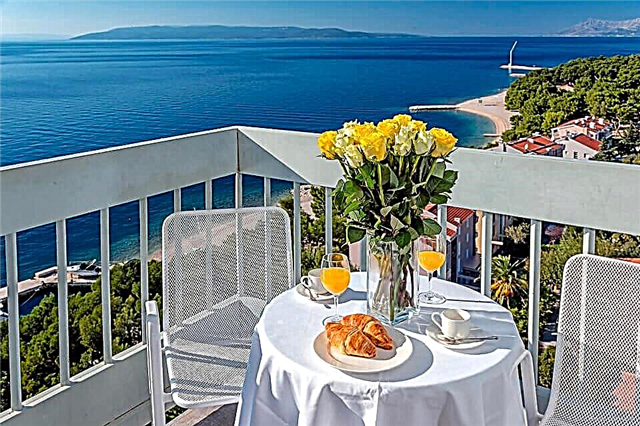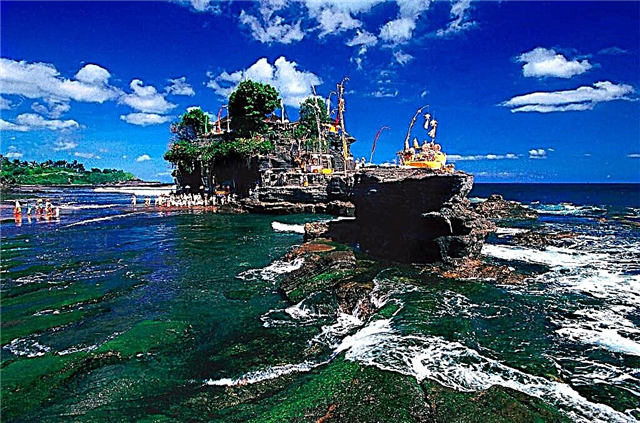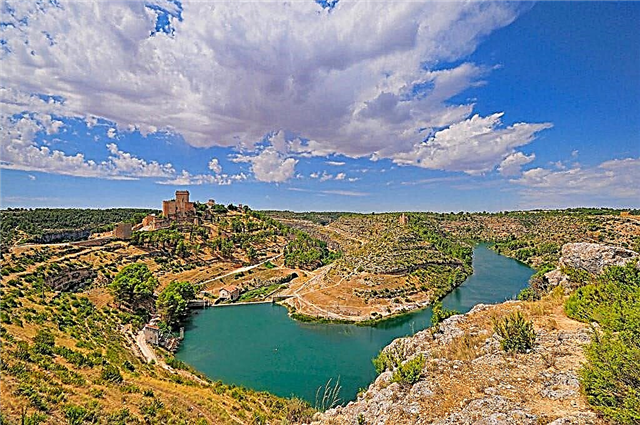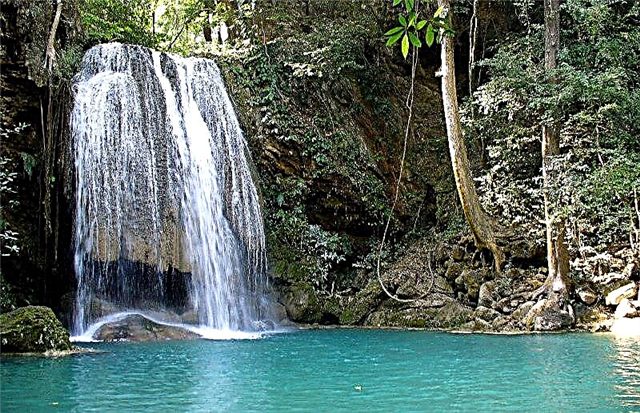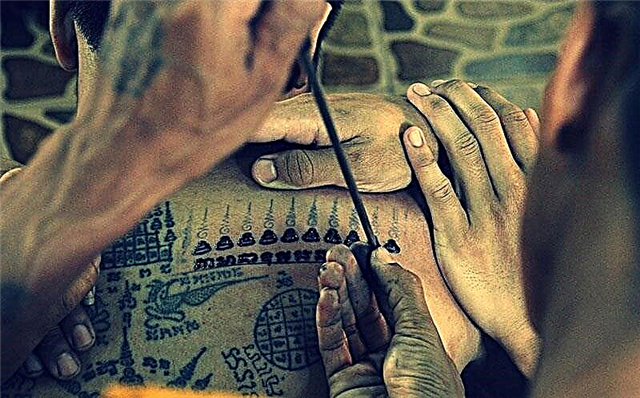The Spanish province of Huelva, in Andalusia, has come to grips with the issue of adding several historical and cultural sites at once to the UNESCO World Heritage List. If today there is only one national park of Doñana in the list of objects (it officially received its status in 1994), then in the near future this list may be replenished with five more objects.
Among the important historical monuments that the provincial authorities intend to add to the UNESCO heritage list are two monasteries - La Rabida, which is located in the city of Palos de la Frontera, and Santa Clara, which is located in Moguera, Jamon Jabugo and the fortress in the city of Niebla. Despite the fact that talks about the need to include these objects in the list of the world organization have been going on for several years, only now the authorities have completed the preparation of all the necessary materials and submitted them for consideration by the relevant committee.
It should be noted that the listed objects are known only to a limited circle of tourists, and only experts can assess their real cultural and historical value. Everyone else has to be content with the scant information that is freely available.
Thus, the monastery of La Rabida was built in the 15th century and boasts a combination of two styles at once - Gothic and Mudejar. Of particular value are its walls, painted with frescoes, which are dedicated to the journey of the navigator Columbus and the lands discovered by his expedition. If you believe the primary sources, then it was within the walls of this monastery that the discoverer was preparing for his journey.
Another monastery - Santa Clara - was built in the 14th century and claims to be the oldest in all of Andalusia. It is famous for the sculpture of Jesus Christ, which reaches 140 cm in height and is made in the smallest detail. It is not surprising that the spirit of legends soars around the sculpture, which endow it with healing properties. For the first time, visitors were able to freely visit this place only in 2011, after a lengthy reconstruction.
All visitors to the Niebla fortress can get to the pages of the history of the Arab states, which, although it was built by the Roman rulers, has received its appearance thanks to the reconstructions of the Arabs who conquered these lands. By the way, in the whole territory of Spain you will not find an Arab castle that would have been better preserved.

